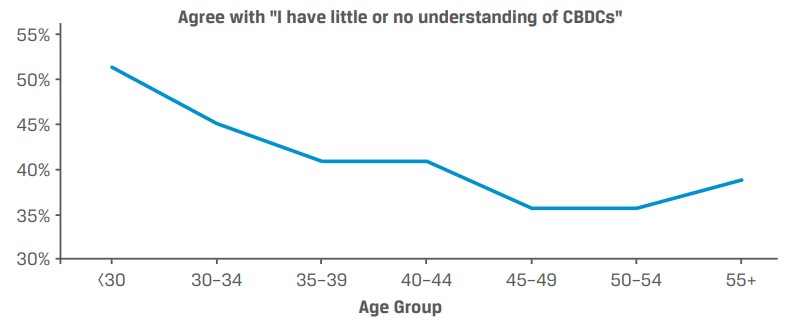2021-9-29 21:35 |
In partnership with several central banks, the Bank for International Settlements (BIS) developed a prototype for multiple central bank digital currencies (mCBDCs).
According to BIS, mCBDCs unite national digital currencies on common interoperable platforms. With the prototype, BIS was able to complete international transfers and foreign exchange operations in seconds. This performance is outstanding considering transactions on the existing network of commercial banks require several days to complete. The cost of these operations could also be reduced by up to half. The prototype further demonstrated the potential of using digital currencies and distributed ledger technology (DLT), BIS remarked.
The mBridge project is a collaboration between BIS and the central banks of Hong Kong, Thailand, China and the UAE.
Existing payment systemsTo highlight the potential advantages of mCBDCs, BIS detailed the current system of international payment and foreign exchange. These operations usually travel across the world within networks of large global banks, which serve as bridges between jurisdictions, a system known as correspondent banking.
Despite the essential role they play, these networks can be complex, perhaps fragmented, and unfortunately exhibit operational inefficiencies. For instance, banks operate in different time zones, and are thus subject to the operating hours of national payment systems. Legally required safeguards against money laundering, tax evasion or terrorism financing are also applied redundantly.
According to the most recent Annual Economic Report from BIS, mCBDCs offer the greatest potential for improving today’s systems’ limitations. According to the report, they provide central banks with a “clean slate” start, which will not be burdened by legacy arrangements or technologies.
Apart from the mBridge project, BIS is also working on other developments for mCBDCs. Earlier this month, BIS announced “Project Dunbar,” which aims to develop prototype shared platforms for cross-border transactions using mCBDCs. For this project, BIS is working with the central banks of Australia, Malaysia, Singapore and South Africa. BIS said that they would likely published the results of the study next year.
What do you think about this subject? Write to us and tell us!
The post BIS Innovation Hub Develops mCBDC Prototype appeared first on BeInCrypto.
origin »Bismuth (BIS) на Currencies.ru
|
|

